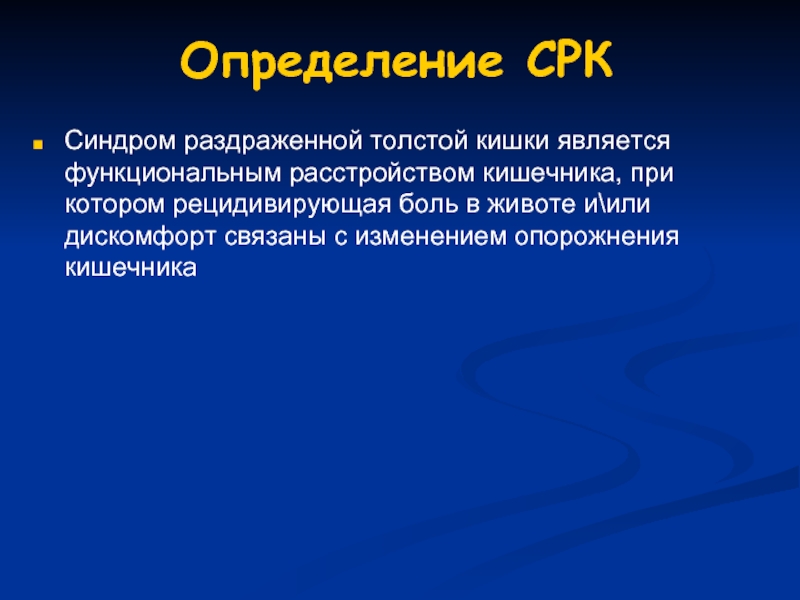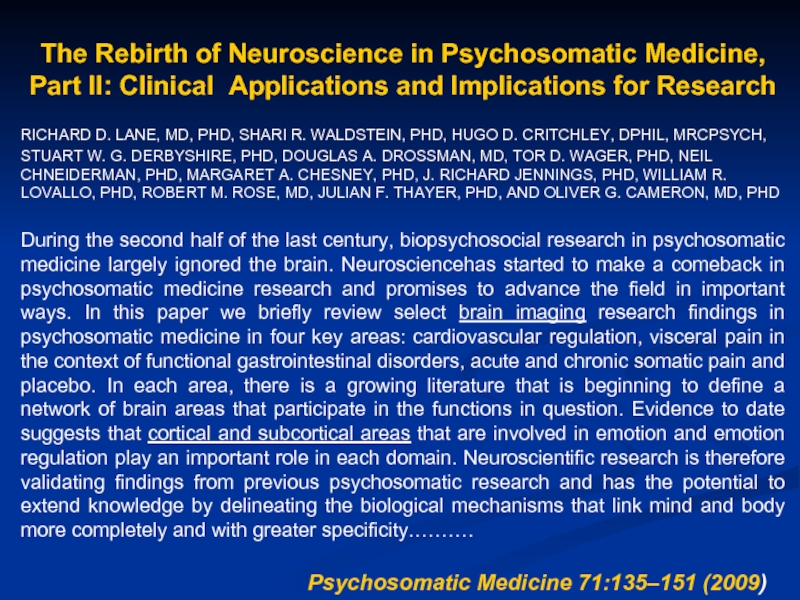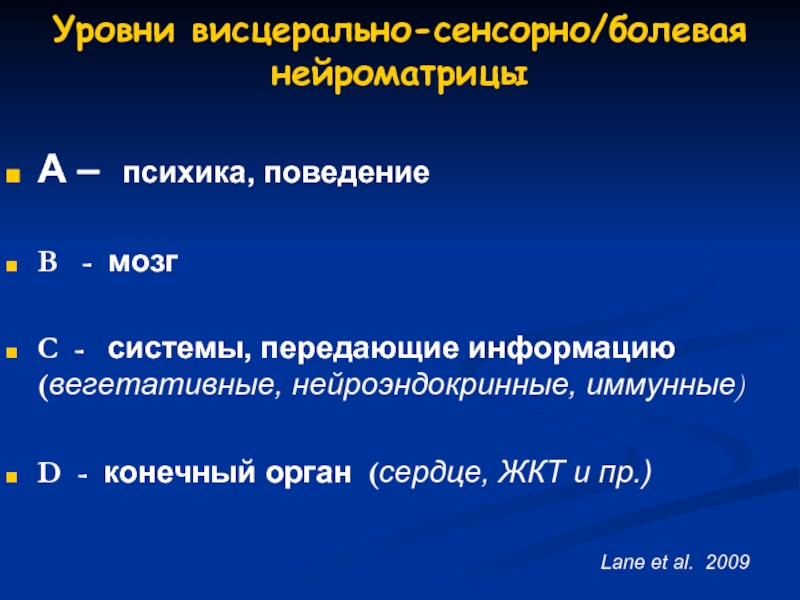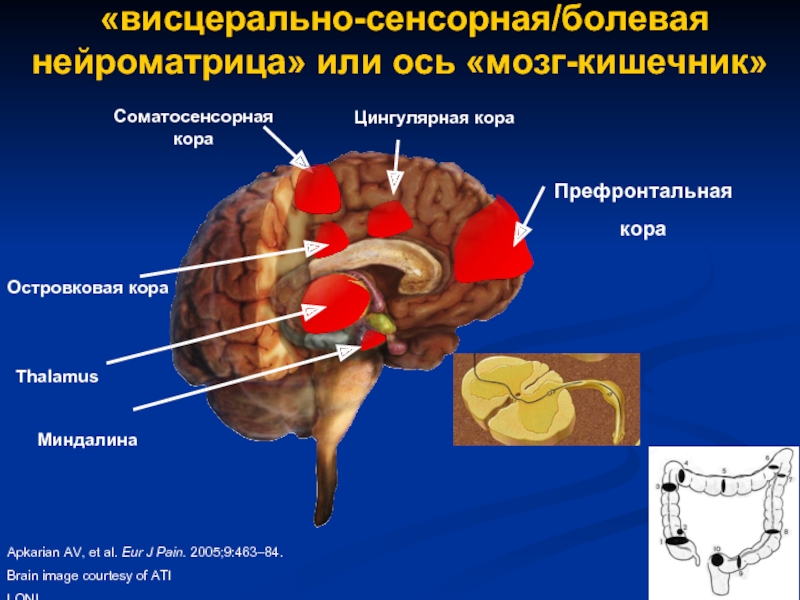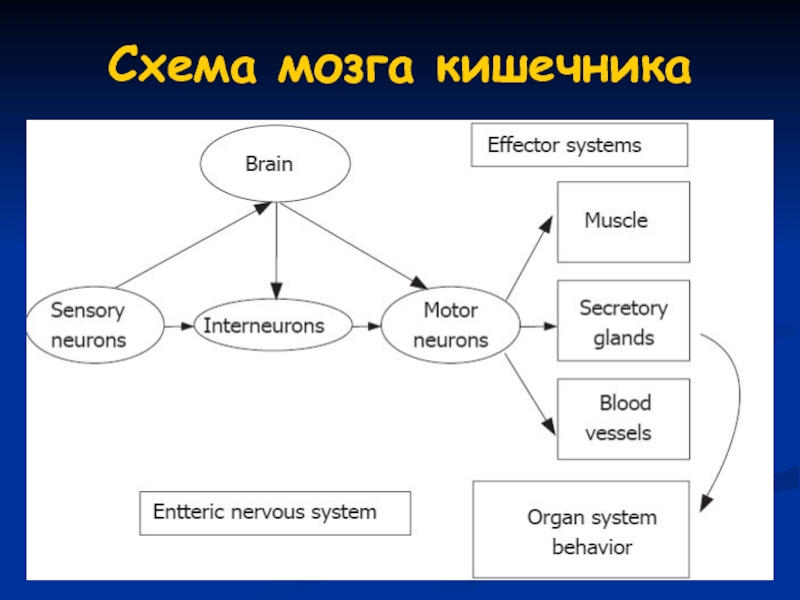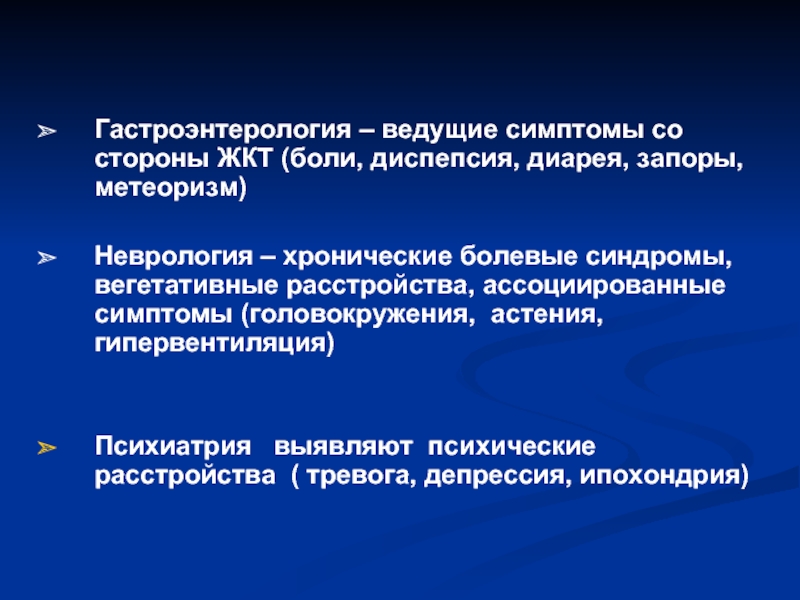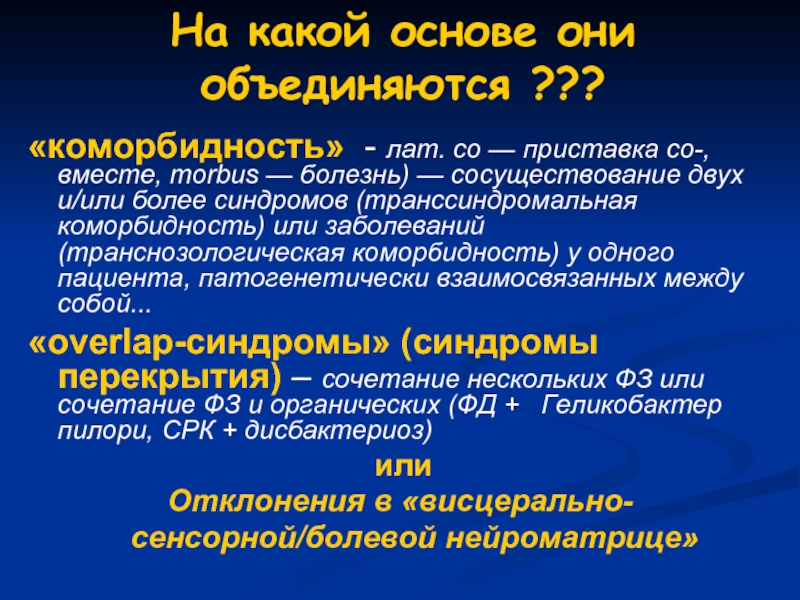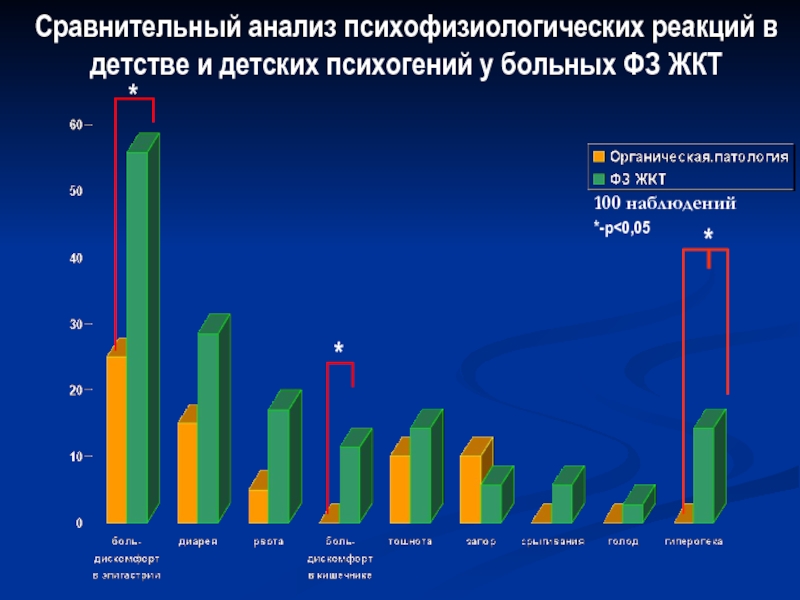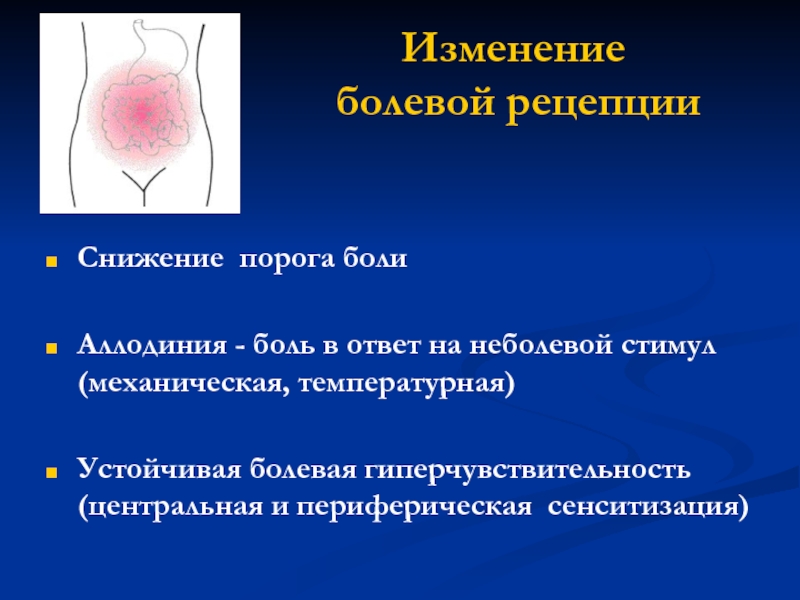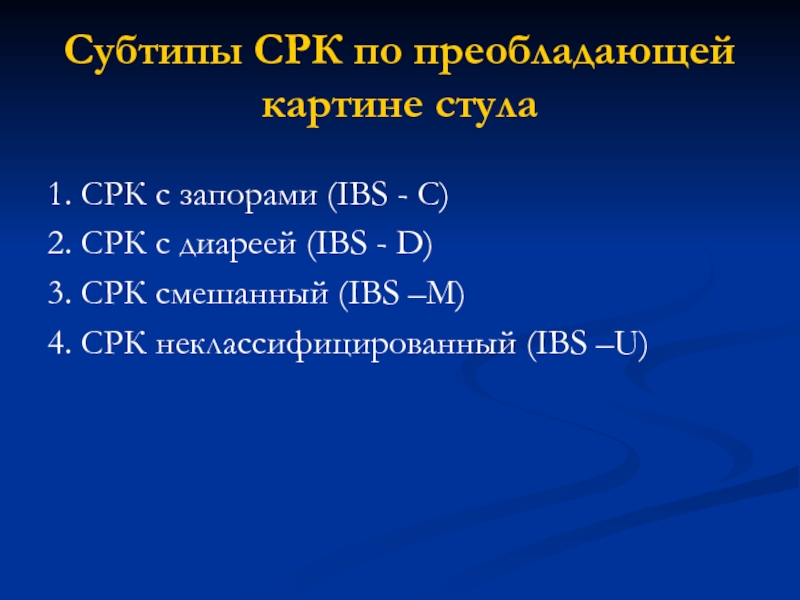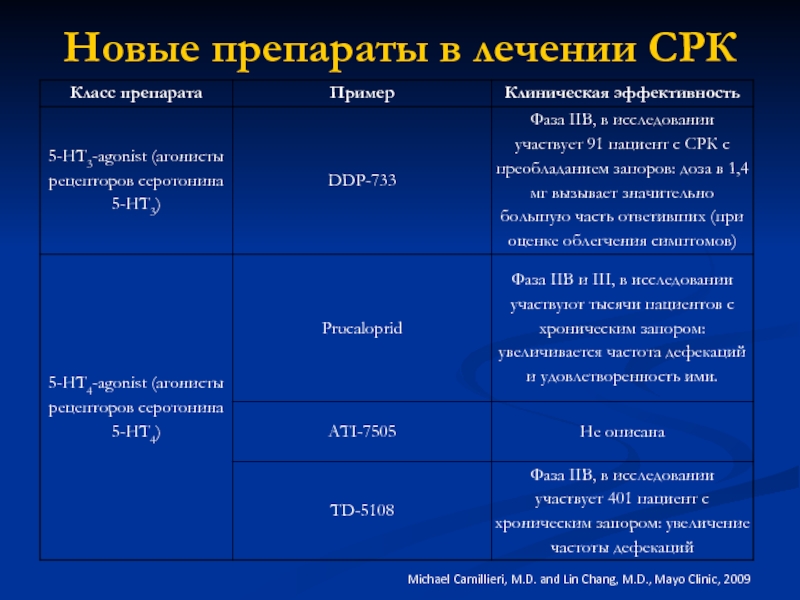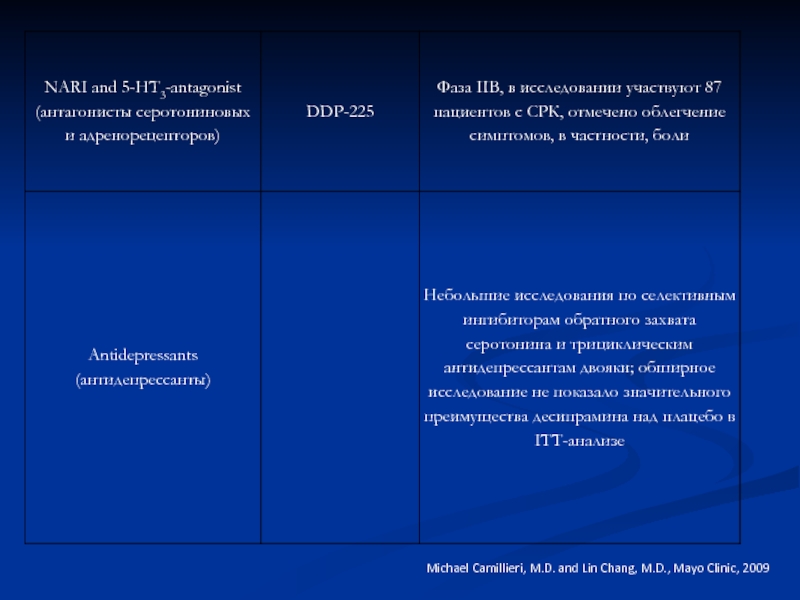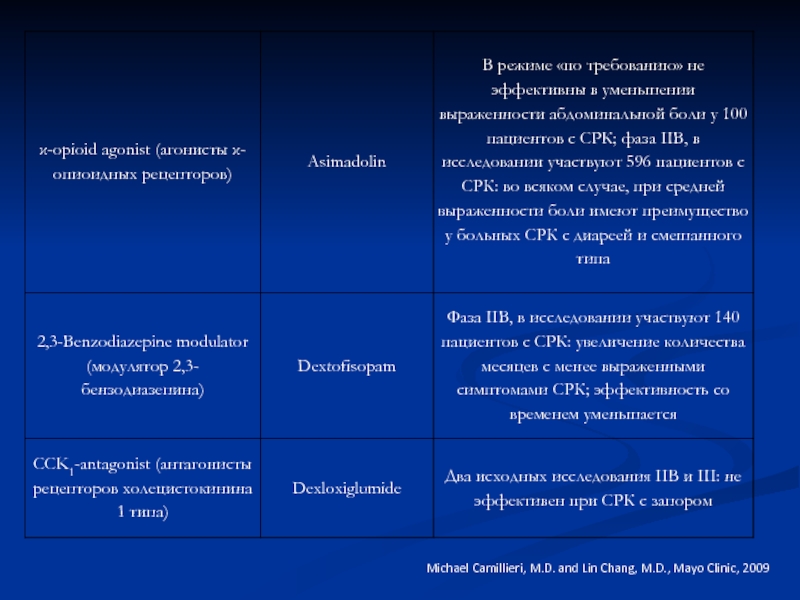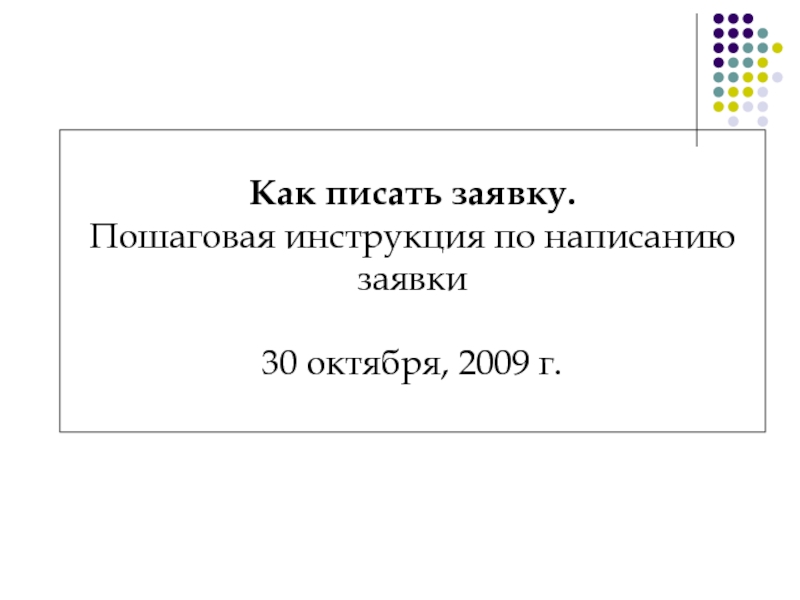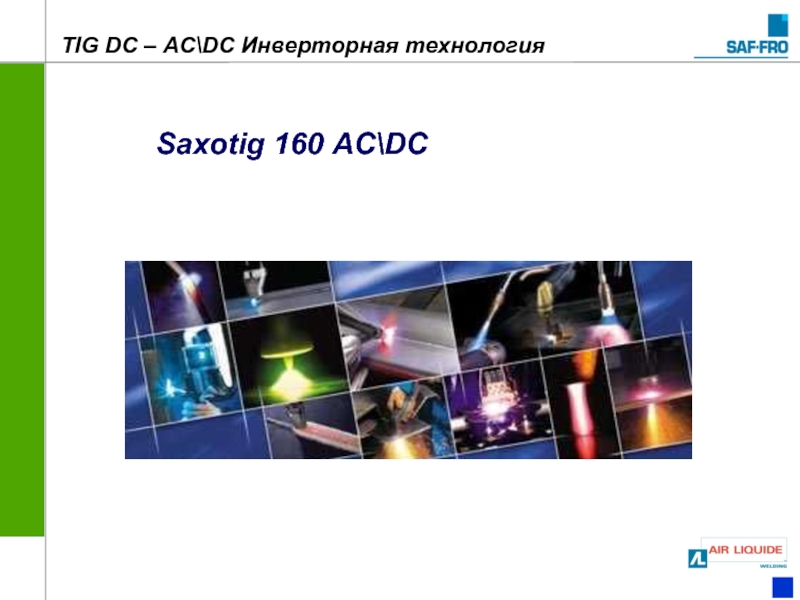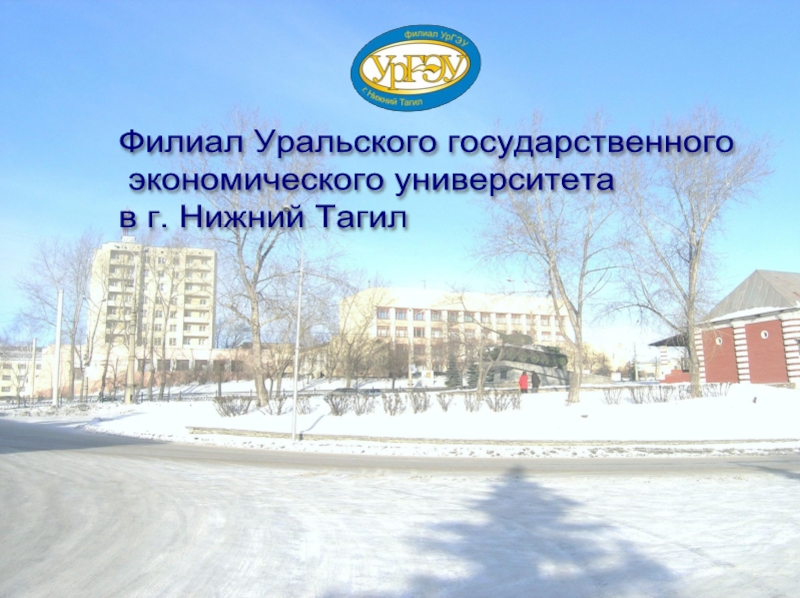- Главная
- Разное
- Дизайн
- Бизнес и предпринимательство
- Аналитика
- Образование
- Развлечения
- Красота и здоровье
- Финансы
- Государство
- Путешествия
- Спорт
- Недвижимость
- Армия
- Графика
- Культурология
- Еда и кулинария
- Лингвистика
- Английский язык
- Астрономия
- Алгебра
- Биология
- География
- Детские презентации
- Информатика
- История
- Литература
- Маркетинг
- Математика
- Медицина
- Менеджмент
- Музыка
- МХК
- Немецкий язык
- ОБЖ
- Обществознание
- Окружающий мир
- Педагогика
- Русский язык
- Технология
- Физика
- Философия
- Химия
- Шаблоны, картинки для презентаций
- Экология
- Экономика
- Юриспруденция
Современные представления о синдроме раздраженной толстой кишки у женщин проф. Погромов А.П. презентация
Содержание
- 1. Современные представления о синдроме раздраженной толстой кишки у женщин проф. Погромов А.П.
- 2. Определение СРК Синдром раздраженной толстой кишки является
- 3. The Rebirth of Neuroscience in Psychosomatic Medicine,
- 4. Определение понятия матрицы Ситуация или окружающая субстанция,
- 5. Уровни висцерально-сенсорно/болевая нейроматрицы A – психика, поведение
- 6. Apkarian AV, et al. Eur J Pain.
- 7. Схема мозга кишечника
- 9. (1) сенситизацию интрамуральных механорецепторов; (2) сенситизацию
- 12. Гастроэнтерология – ведущие симптомы со
- 13. На какой основе они объединяются ??? «коморбидность»
- 14. Структура висцерально-сенсорных и болевых феноменов Сенсорно-дискриминативный
- 15. Патогенез функциональных расстройств ЖКТ
- 16. Генетическая предрасположенность Генетически детерминированный низкий
- 17. Психо-социальные факторы детства
- 18. Сравнительный анализ психофизиологических реакций в детстве и
- 19. Изменение болевой рецепции Снижение порога боли
- 20. Изменение моторики Типичные симптомы ФР
- 22. Роль воспаления в патогенезе функциональных расстройств ЖКТ:
- 24. Согласно Римским Критериям –III, ФЗ ЖКТ
- 25. Классификация желудочно-кишечных расстройств по Римскому-III-Консенсусу А. Функциональные
- 26. Субтипы СРК по преобладающей картине стула
- 27. Michael Camillieri, M.D. and Lin Chang, M.D., Mayo Clinic, 2009 Новые препараты в лечении СРК
- 28. Michael Camillieri, M.D. and Lin Chang, M.D., Mayo Clinic, 2009
- 29. Michael Camillieri, M.D. and Lin Chang, M.D., Mayo Clinic, 2009
- 30. Michael Camillieri, M.D. and Lin Chang, M.D., Mayo Clinic, 2009
- 31. Michael Camillieri, M.D. and Lin Chang, M.D., Mayo Clinic, 2009
Слайд 2Определение СРК
Синдром раздраженной толстой кишки является функциональным расстройством кишечника, при котором
Слайд 3The Rebirth of Neuroscience in Psychosomatic Medicine, Part II: Clinical Applications
RICHARD D. LANE, MD, PHD, SHARI R. WALDSTEIN, PHD, HUGO D. CRITCHLEY, DPHIL, MRCPSYCH,
STUART W. G. DERBYSHIRE, PHD, DOUGLAS A. DROSSMAN, MD, TOR D. WAGER, PHD, NEIL CHNEIDERMAN, PHD, MARGARET A. CHESNEY, PHD, J. RICHARD JENNINGS, PHD, WILLIAM R. LOVALLO, PHD, ROBERT M. ROSE, MD, JULIAN F. THAYER, PHD, AND OLIVER G. CAMERON, MD, PHD
During the second half of the last century, biopsychosocial research in psychosomatic medicine largely ignored the brain. Neurosciencehas started to make a comeback in psychosomatic medicine research and promises to advance the field in important ways. In this paper we briefly review select brain imaging research findings in psychosomatic medicine in four key areas: cardiovascular regulation, visceral pain in the context of functional gastrointestinal disorders, acute and chronic somatic pain and placebo. In each area, there is a growing literature that is beginning to define a network of brain areas that participate in the functions in question. Evidence to date suggests that cortical and subcortical areas that are involved in emotion and emotion regulation play an important role in each domain. Neuroscientific research is therefore validating findings from previous psychosomatic research and has the potential to extend knowledge by delineating the biological mechanisms that link mind and body more completely and with greater specificity.………
Psychosomatic Medicine 71:135–151 (2009)
Слайд 4Определение понятия матрицы
Ситуация или окружающая субстанция, внутри которой нечто возникает, развивается
Взаимосвязь между входными и выходными переменами, функционирующими как шифратор или дешифратор (англ. кибернет.)
Слайд 5Уровни висцерально-сенсорно/болевая нейроматрицы
A – психика, поведение
B - мозг
C -
D - конечный орган (сердце, ЖКТ и пр.)
Lane et al. 2009
Слайд 6Apkarian AV, et al. Eur J Pain. 2005;9:463–84.
Brain image courtesy of
LONI
Префронтальная кора
Thalamus
«висцерально-сенсорная/болевая нейроматрица» или ось «мозг-кишечник»
Миндалина
Соматосенсорная
кора
Цингулярная кора
Островковая кора
Слайд 9(1) сенситизацию интрамуральных механорецепторов;
(2) сенситизацию нейротрансмиссии в синапсах спинного мозга;
(3) нарушение обработки сенсорной информации, когда она достигает головного мозга;
(4) комбинацию этих механизмов.
Слайд 12
Гастроэнтерология – ведущие симптомы со стороны ЖКТ (боли, диспепсия, диарея, запоры,
Неврология – хронические болевые синдромы, вегетативные расстройства, ассоциированные симптомы (головокружения, астения, гипервентиляция)
Психиатрия выявляют психические расстройства ( тревога, депрессия, ипохондрия)
Слайд 13На какой основе они объединяются ???
«коморбидность» - лат. со — приставка
«overlap-синдромы» (синдромы перекрытия) – сочетание нескольких ФЗ или сочетание ФЗ и органических (ФД + Геликобактер пилори, СРК + дисбактериоз)
или
Отклонения в «висцерально-сенсорной/болевой нейроматрице»
Слайд 14Структура висцерально-сенсорных и болевых феноменов
Сенсорно-дискриминативный (локализация, характер ощущений)
Аффективно-мотивационный аспект (неприятный
Когнитивно-оценочный (внимание, сравнение с прошлым опытом, ожидание, отвлечение)
Поведенческий (болевое поведение )
Слайд 16Генетическая предрасположенность
Генетически детерминированный низкий уровень интерлейкина -10 (чувствительность слизистой оболочки)
Генетический полиморфизм:
ферментов обратного захвата серотонина (изменение уровня серотонина, влияние на эффективность лекарств, воздействующих на серотониновую систему)
g-протеина (воздействие на ЦНС и регуляцию на уровне кишечника)
A2-адренорецепторов (влияние на моторику)
Слайд 17
Психо-социальные факторы детства
Подобные заболевания у родителей
Избыточное кормление в детстве
Гиперопека
Внимание к
Фиксация родителей на чистоте, свежести продуктов
Моральное и физическое насилие в детстве
Слайд 18Сравнительный анализ психофизиологических реакций в детстве и детских психогений у больных
*
*
*-p<0,05
*
100 наблюдений
Слайд 19Изменение
болевой рецепции
Снижение порога боли
Аллодиния - боль в ответ на неболевой
Устойчивая болевая гиперчувствительность (центральная и периферическая сенситизация)
Слайд 20
Изменение моторики
Типичные симптомы ФР ЖКТ связаны с моторными нарушениями: рвота,
У больных с ФР более выражены по сравнению со здоровыми базовые изменения моторики и в ответ на раздражители (балонная дилатация толстой кишки, введение соляной кислоты в желудок)
Слайд 22Роль воспаления в патогенезе функциональных расстройств ЖКТ: (свидетели или участники?)
У
Треть больных ФЗ ЖКТ связывают начало заболевания с острой кишечной инфекцией
Показаны изменения в бактериальной флоре (нормализация соотношение ИЛ10/ИЛ12 при воздействии Bifidobacter infantis)
Слайд 24Согласно Римским Критериям –III, ФЗ ЖКТ – это клинический результат взаимодействия
Слайд 25Классификация желудочно-кишечных расстройств по Римскому-III-Консенсусу
А. Функциональные расстройства пищевода
В. Функциональные гастродуоденальные расстройства
С.
D. Синдром функциональной абдоминальной боли
Е. Функциональные расстройства желчного пузыря и сфинктера Одди(СФО)
F. Функциональные аноректальные расстройства
Слайд 26Субтипы СРК по преобладающей картине стула
1. СРК с запорами (IBS
2. СРК с диареей (IBS - D)
3. СРК смешанный (IBS –M)
4. СРК неклассифицированный (IBS –U)

